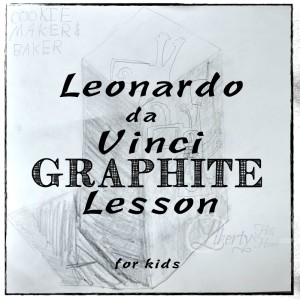 During the renaissance there was not shortage of great artists; Michelangelo, Giotto, Botticelli, but of all the master artists, Leonardo da Vinci might be my favorite. (Scan to the bottom of the lesson for instructions to make your own Leonardo da Vinci inspired graphite project)
During the renaissance there was not shortage of great artists; Michelangelo, Giotto, Botticelli, but of all the master artists, Leonardo da Vinci might be my favorite. (Scan to the bottom of the lesson for instructions to make your own Leonardo da Vinci inspired graphite project)
The class system of the medieval period was very strict. Although this was beginning to break down, (Remember, the Renaissance is right after the time of knights and castles) Leonardo’s father was worried that his career options would stagnate if he married the child’s peasant mother. For this reason, Leonardo’s parents never married. He was supportive of the child, however, and sent him to live with his grandfather. It was difficult to bounce between the two classes, and Leonardo grew up feeling as if he fit in nowhere.
Leonardo was very observant as a child, and at age 17 he was sent to train his artistic leanings with Verrochio in Florence, the center of the Renaissance (re-birth). According to legend, Verrocchio asked him to work on one of his paintings, a common task for apprentices at that time. The angel that Leonardo added was so much better than the master’s work, that Verrocchio said he would never paint again!
At age 20 Leonardo completed his apprenticeship, but he stayed in Verrochio’s workshop 6 more years developing a great passion for sfumato in draped fabric. He insisted that fabric, “Must fit the body and not appear like an empty bundle of clothes.” He trained his eye to see these subtle gradations of tone by coating fabric in plaster and draping it over a clay model. He could then paint and re-paint the same fabric, focusing on obscuring any sharp edges and creating a synergy between lights and shadows.
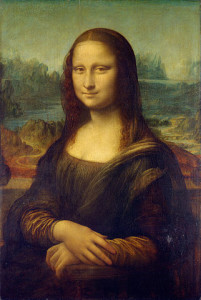
We can see his mastery of this in his great work, the Mona Lisa. In addition to the beautiful fabric, we also see Leonardo’s use of interesting facial expression, and 3/4 view rather than the popular profile of the day.
Leonardo was not just a skilled painter. His letter of introduction sent to Ludovico Sforza the “duke” of Milan (who was not a real duke, but a vain and ruthless mercenary) reveals his many skills:
“I therefore make bold, without ill-will to any, to offer my skills to Your Excellency and to acquaint Your Lordship with my secrets and will be glad to demonstrate effectively all these things. I have methods for making very light and strong bridges useful whether pursuing or evading the enemy. I have certain types of cannons extremely easy to carry, which fire out small stones, almost as if it were a hailstorm (tunnels under rivers, armored cars) at very end added “In painting, I can do everything that is possible to do.”
These many passions are evident when we look through Leonardo’s notebooks. He was always sketching. Artists were generalists in those days, and were expected to be able to sculpt, build theater sets, play music, and even be architects, but Leonardo took this a step beyond. Tanks, Helicopters, water works, even plans entire cities can be seen throughout his notebooks.
Consider
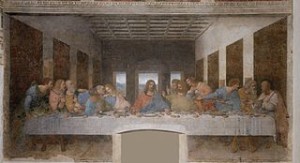
Leonardo set ambitious goals for himself, but sadly he often didn’t complete his projects. It is said that the church officials had to nag, bully, and beg him to finish “The Last Supper.” What does the Bible have to say about not completing tasks you’ve agreed to do?
Ecclesiastes 7:8 says “Better is the end of a thing than its beginning, and the patient in spirit is better than the proud in spirit.” What do you think this tells us about finishing what we start?
Create
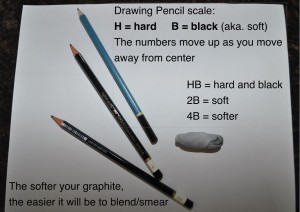
In order to complete this project, you will need the following supplies:
- Tru Ray Acid Free Construction Paper – 1 piece white cut to 12”x12” (or 8.5 x 8.5 if that is the largest size you have) per student
- 3 Drawing Pencils #HB, 2B, and 4B – need 1 set per student
- 1 kneaded eraser – can be shared
- paper towels or baby wipes to keep fingers clean
Learn more
There is a lot more about Leonardo’s notebooks and inventions in my Leonardo da Vinci lesson plans. I’ve also included a fun list of books and activities to enjoy. Click the photo to go directly there.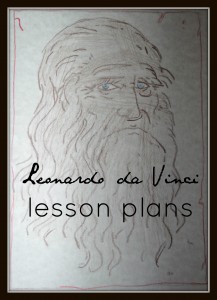


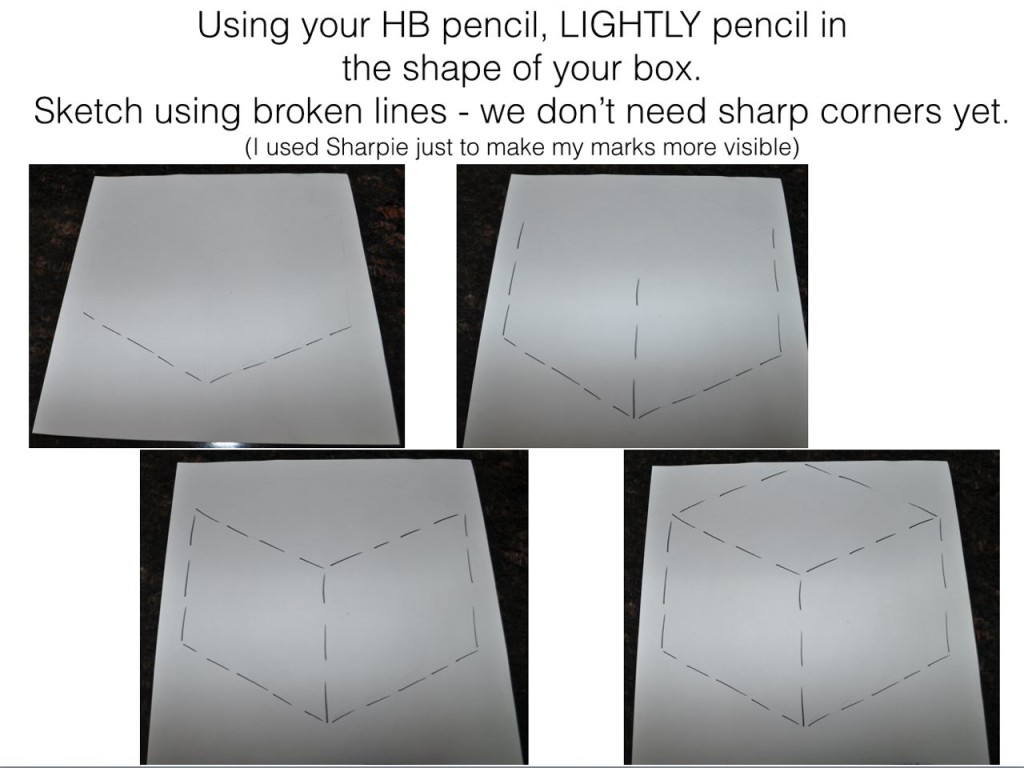
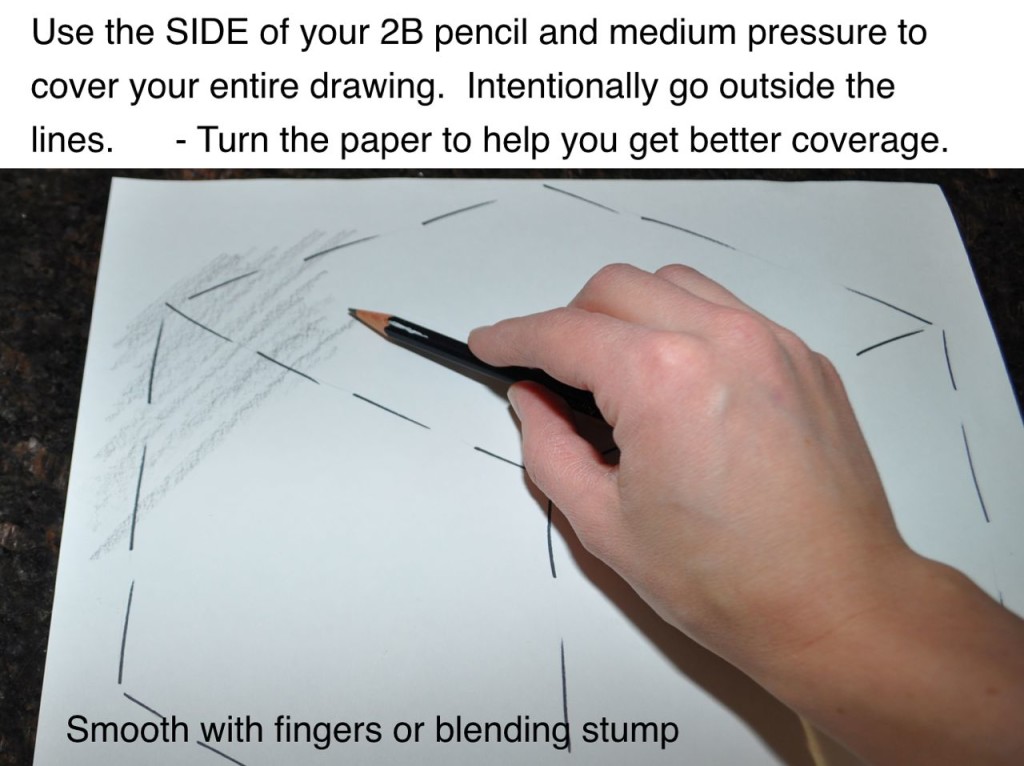
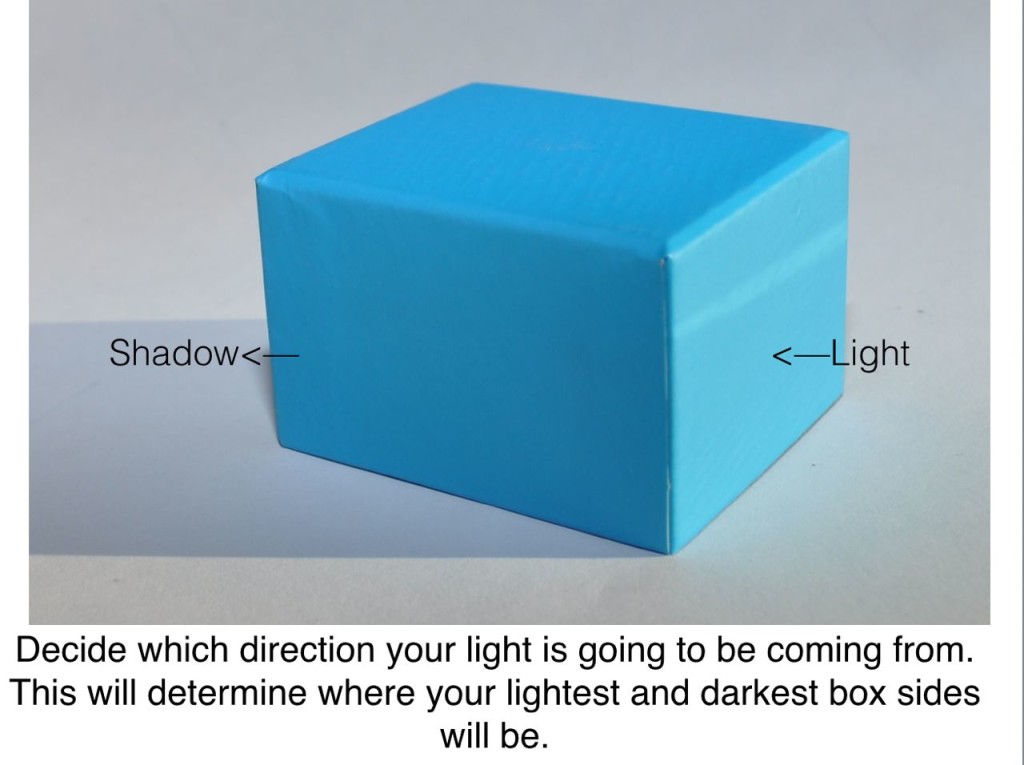
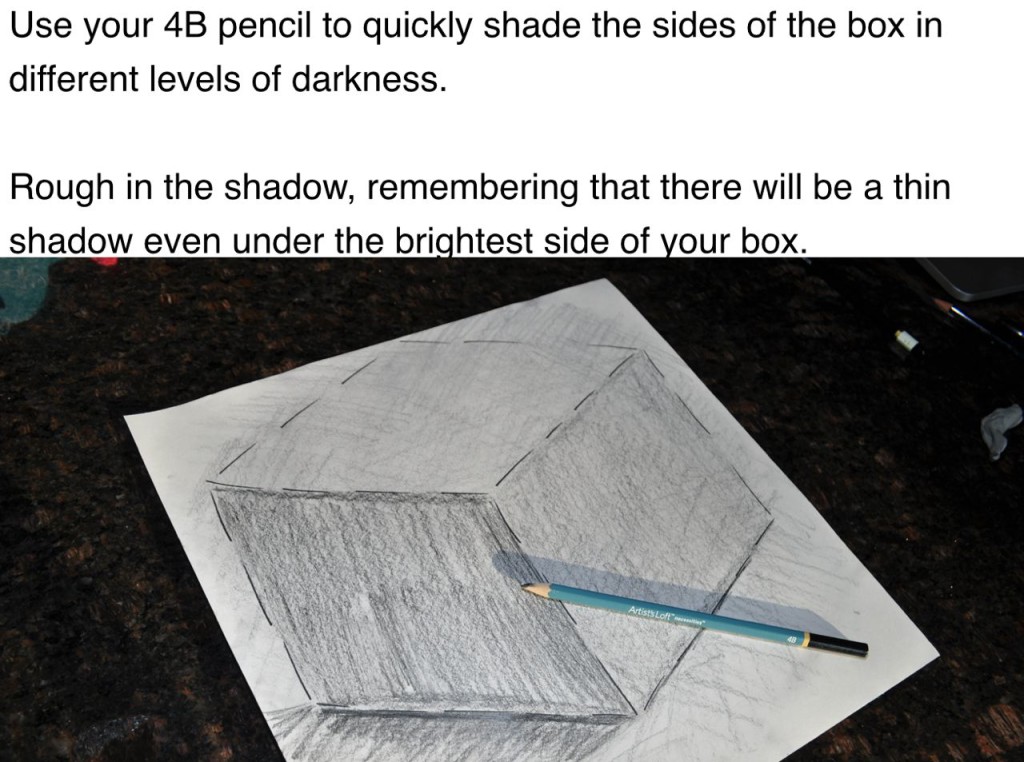
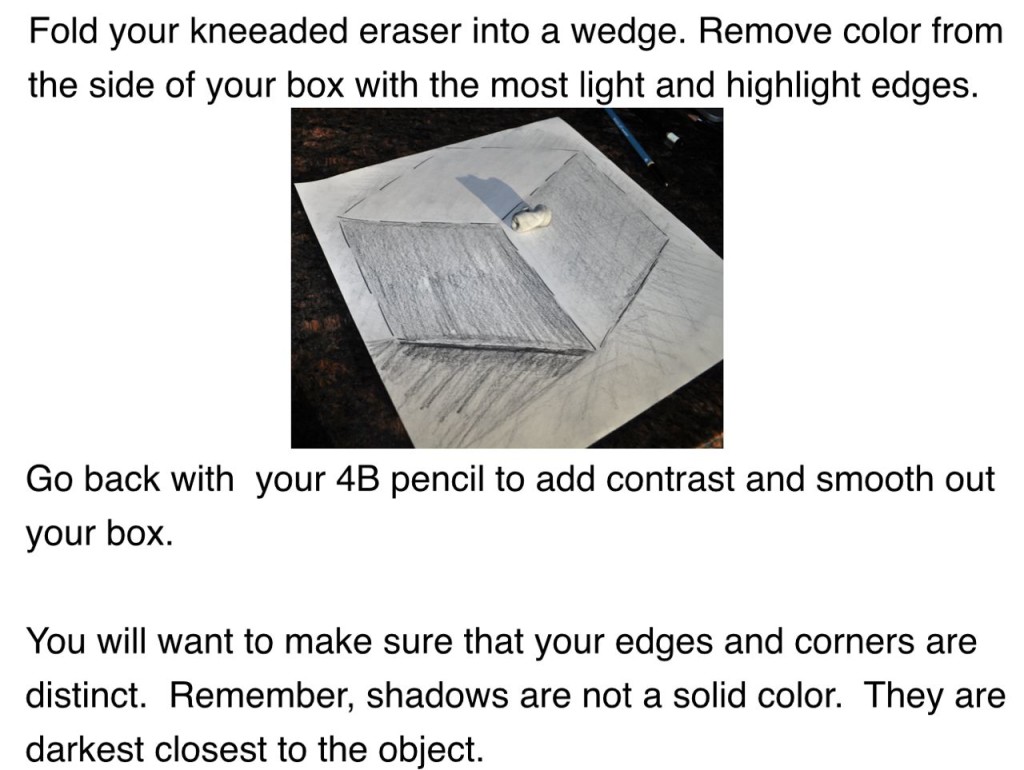
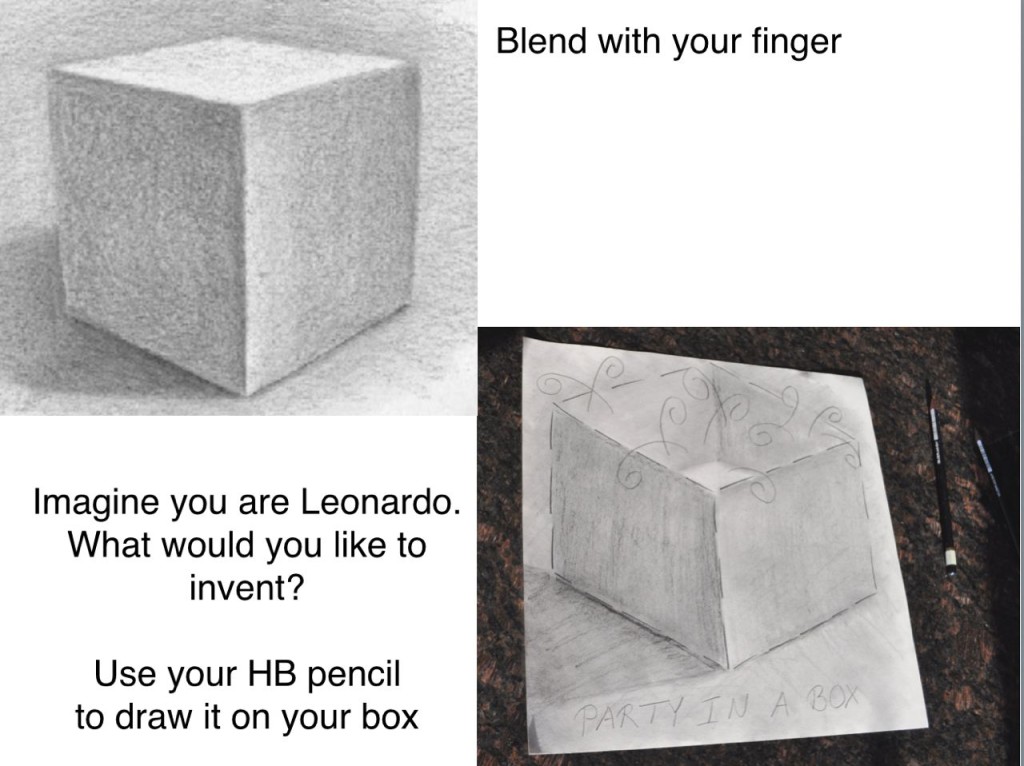
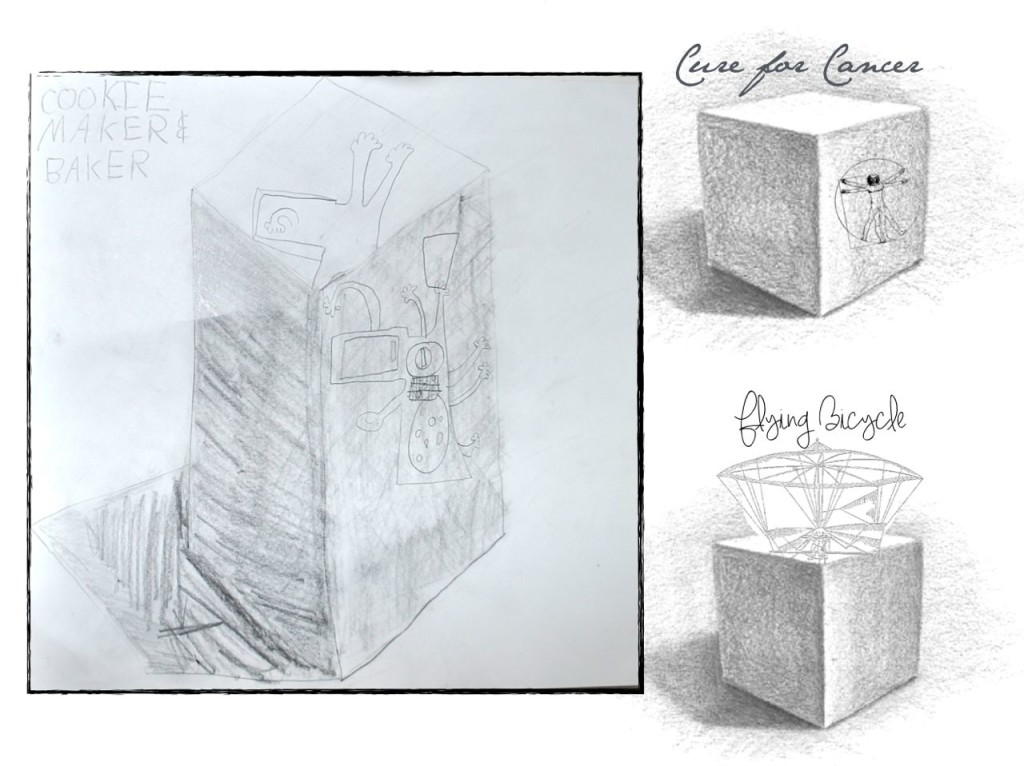
Wow-wish I was taught stuff like this in School!
WOW! Love this lesson!
This is a wonderfully thorough lesson! Thanks for sharing!